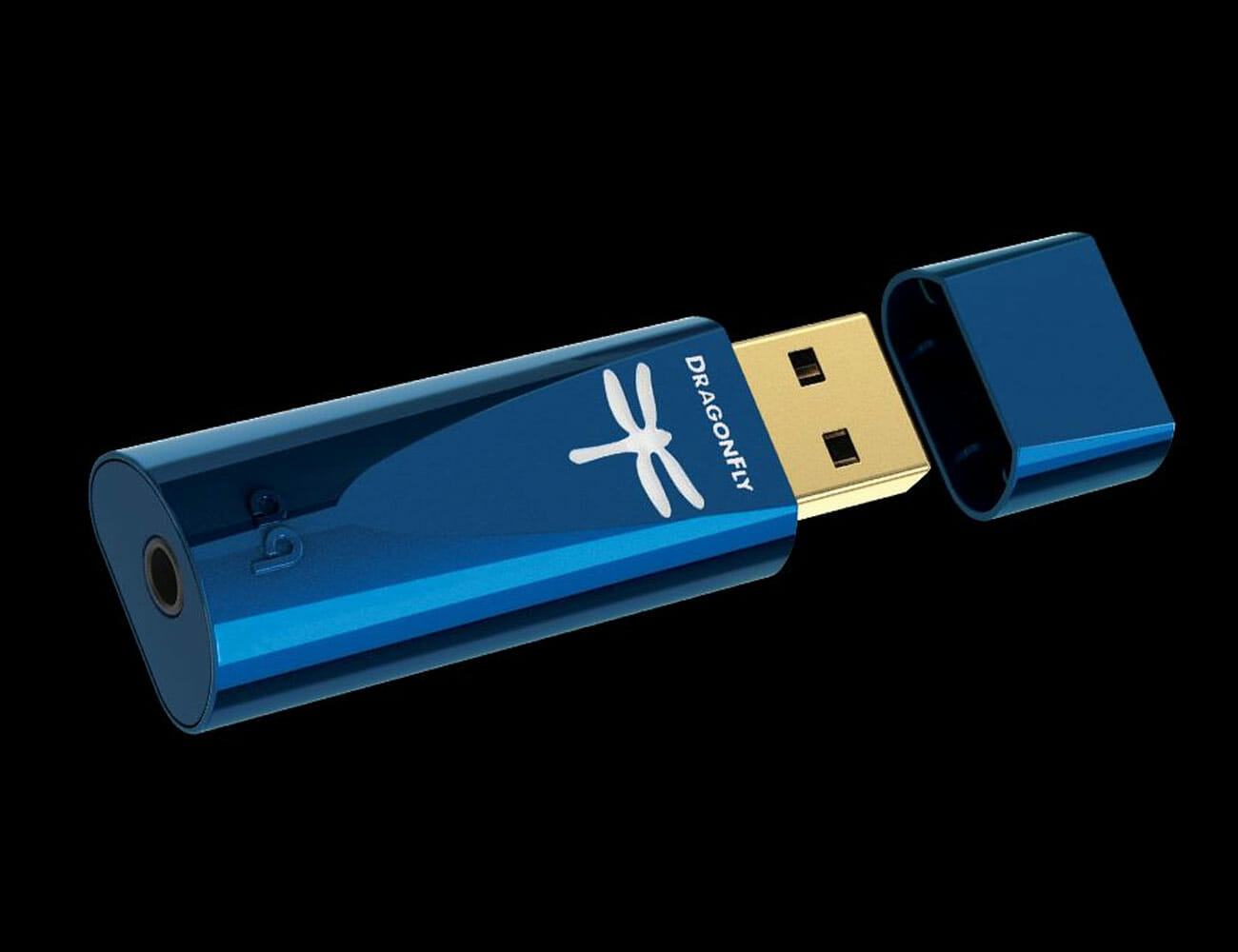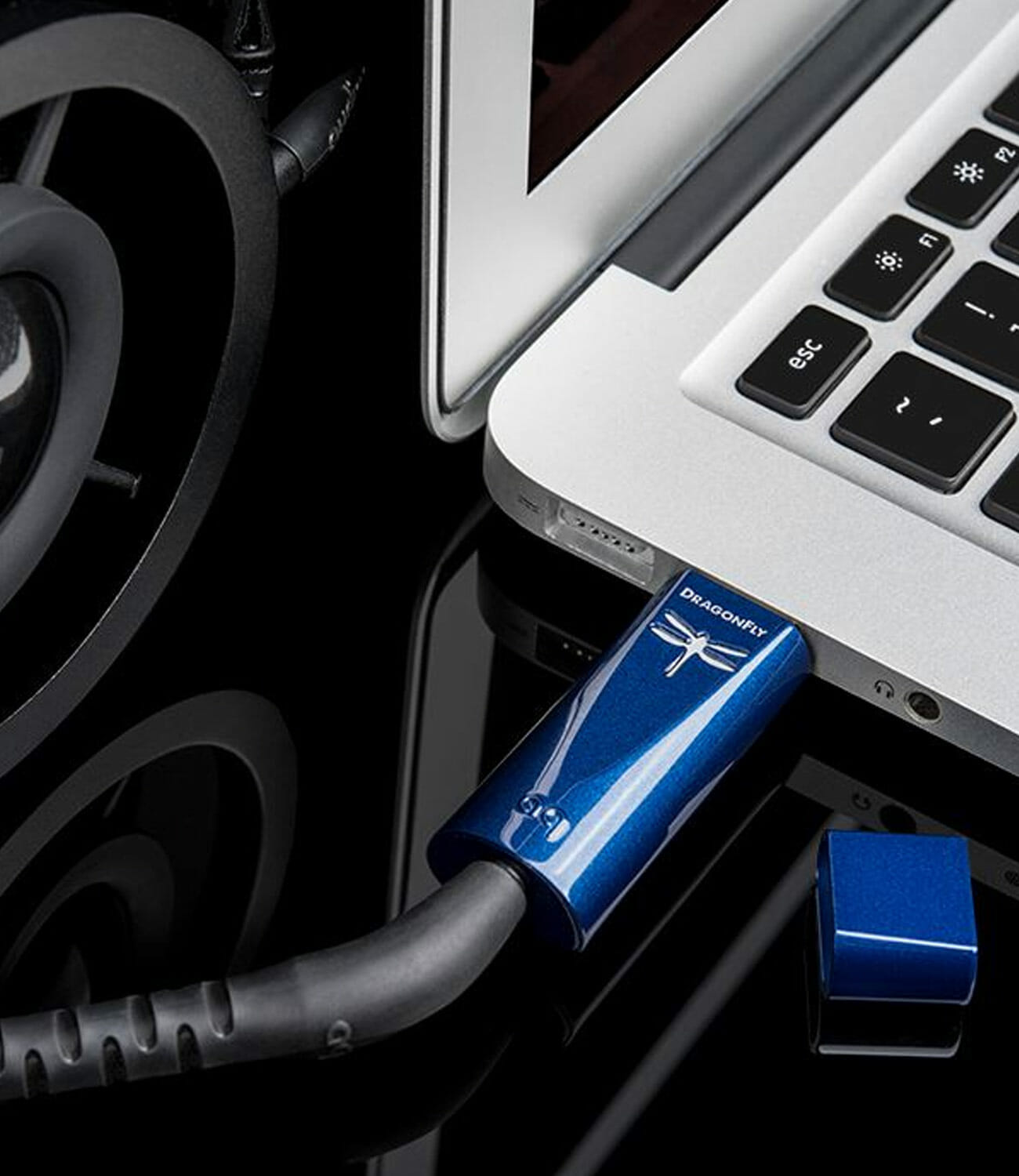With a paid subscription base of over 50 million users in the United States alone, digital music streaming is replacing CDs and digital downloads with Spotify, Tidal, Qobuz, Apple Music, and YouTube.
Convenience and access to tens of millions of tracks across all genres of music has proven to be a compelling reason for consumers to abandon physical media for their favorite music stored in the cloud, which is accessible 24-7. That growth of digital streaming services has also served as the catalyst for the exponential growth of personal audio; consumers spent $6 billion on new headphones in Q1 2019.
The one legitimate criticism leveled against digital streaming and the product categories that it supports is that sound quality has taken a backseat to features and convenience. Until recently, smartphones delivered less than optimal sound quality from their 3.5mm jacks. Now most smartphone manufacturers, including Apple, Samsung and Google, have removed the headphone jack from many of their smartphones, which has met with fury from many smartphone owners, but could open a door to better sound quality in the process.
Portable DAC/headphone amplifiers, which improve the listening experience on your phone at the expense of some power draw, have gained a lot of traction in recent years. When AudioQuest introduced the first DragonFly in 2012, the DAC/headphone amplifier became an instant best-seller because it elevated the sound quality of USB devices like laptops at an entry-level price. Then, with the DragonFly Red and DragonFly Black, listeners were able to essentially turn their smartphones into high-end music servers –– and for less than $200. The DragonFly plugged into their iOS, Android, or Windows-based devices via a Lightning or USB connection, or through a made-for-Android OTG USB-A Female to USB-C adapter.

Over the past several years, AudioQuest has come out with a number of DAC/headphone amplifiers under the DragonFly name. With each new iteration, there is one primary problem it tries to solve: how to improve the DAC/headphone amplifier sonically, while also improving how it interacts with a listener’s smartphone or laptop and their and headphones. This means how it deals with battery draw, noise (created by the device it is connected to), and how it works with every platform that consumers might use. The brand new DragonFly Cobalt ($299) is on a different level, however; it significantly improves the sound quality of every device that it is connected to but also addresses the key areas that have limited its overall performance.
First, power consumption. Battery life is a major limiting factor for any portable device, and if you use your smartphone as a streaming platform for both audio and video, it’s frustrating how quickly it can run out of juice. Connect something like a portable DAC/headphone amplifier, which powers itself on its hosts battery power, and you end up looking for a wall outlet to recharge even faster. The DragonFly Cobalt features a new ESS ES9038Q2M DAC chip and Microchip PIC32MX274 microprocessor which draw significantly less current and offer a 33-percent increase in processing speed over the DragonFly Red. Our test with the DragonFly Cobalt connected to both an iPhone 6S and LG V30, saw a dramatic reduction in battery use providing additional hours of playing time.
Two, noise reduction. The Cobalt also addresses the issue of noise (electrical, Wi-Fi, Bluetooth) created by the host device with more robust power supply filtering. Older DragonFly’s have been known to have noise issues, meaning they picked up some of the jitter and digital noise from the smartphone or laptop and it impacted the output and sound quality. The Cobalt has fixed that, however, and the reduction in noise should improve the resolution and transparency of the sound quality, allowing you to hear greater levels of detail in your music.
Three, sound quality. The DragonFly Cobalt supports 24-bit/96kHz playback, MQA, and incorporates the ESS Sabre 9601 headphone amp, and bit-perfect volume control; the headphone amplifier can output 2.1 volts of power opening up the door to dozens of headphones.

The main issue is the price. The DragonFly Cobalt is $100 more expensive than the company’s other DragonFly DAC/headphone amplifiers, and $299 is not an inexpensive upgrade to any smartphone or laptop. In the world of portable high-end components, however, the DragonFly Cobalt is remarkably affordable for what it offers.
The DragonFly Cobalt is a solid piece of engineering when you can pack more performance, greater power efficiency, and wider compatibility in a smaller chassis and the Cobalt delivers on all of its promises. The industrial design is sleek and we applaud AudioQuest for including a rather pricey adapter as part of the package.
Sonically – the differences between the Red and Cobalt are not insignificant. We’ve always found the Red to be slightly analytical sounding with some headphones and powered loudspeakers, but the Cobalt is far more relaxed and natural sounding. Vocals and instruments have a warmer, more fleshed out tone, and there is a noticeable difference in the level of background noise; something that is much more apparent through IEMs and more neutral sounding headphones.
Bass doesn’t extend that much lower through the Cobalt, but there is a definite improvement in the resolution and overall tone. Horns have more than enough bite without sounding hard and the decay of notes is far more obvious through revealing headphones or loudspeakers. Soundstage depth and width is well above average for a portable device and the Cobalt is much easier to listen to for longer periods of time than the Red.
Music moves along with respectable pace through the DragonFly Cobalt and it works just as well on the desktop making it a legitimate DAC option for desktop audio systems and your home audio system.

